California’s Critically Dry Conditions Signal Dangerous Fire Season

California enters summer 2025 with severe drought affecting large portions of the state, creating conditions that fire officials are calling “critically dangerous.” By mid-2025, the U.S. Drought Monitor reported that nearly 45% of the western United States was under severe to exceptional drought conditions, with California and Nevada among the hardest-hit states. The state’s snowpack declined dramatically during May, plummeting from 75-80% of normal at the beginning of the month to just 20-30% by month’s end. Snowpack in the north Sierra declined rapidly, from 75–80% of normal on May 1 to 20–30% by month’s end. This rapid snowmelt has left vegetation extremely dry and primed for ignition.
Both Northern and Southern California are experiencing above-normal fire activity early in the season, with officials predicting even worse conditions ahead. Wildfire activity is already trending above normal in both regions. Northern California saw a sharp rise in daily fires during May, with notable grassland incidents like the Midway and Catlett fires. The state’s coastal marine layers are showing signs of weakening, particularly in Southern California, which could contribute to increased fire risk in coastal zones that typically remain protected. Fire potential across California is expected to increase steadily through summer, with both North and South Operations forecasting above-normal large fire activity by July and August.
Nevada’s Unprecedented Drought Creates Perfect Storm
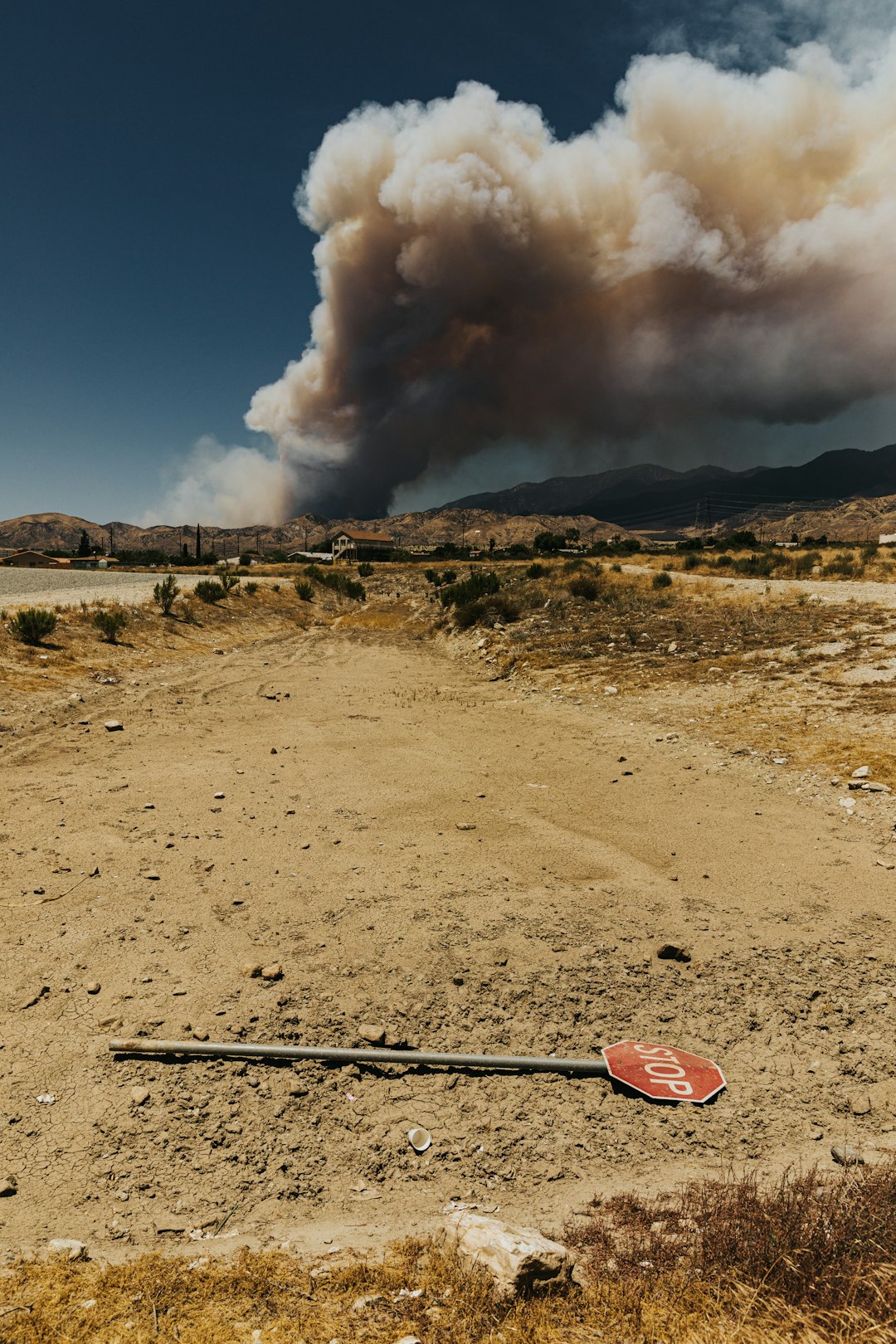
Nevada is experiencing its worst drought conditions in decades, with over half the state already under drought compared to just 1% last year. Over half the state was already under drought, compared to just 1% last year. The state’s typical fire season runs from May to October, but 2025 has seen an early start with dangerous conditions developing by mid-June. Nevada’s State Forester and Fire Warden issued a “cautious” prediction for wildfire season, noting abnormally dry conditions from reduced snowpack at lower elevations and warm spring temperatures that melted high-elevation snow prematurely. There were abnormally dry conditions for the month, mostly from less snowpack in lower elevations and a warm spring melting snowpack at higher elevations, and drought conditions set in early.
The situation in Nevada became critical on July 3rd when dry lightning sparked multiple fires across the northern part of the state. On the evening of July 3, dry lightning cells that moved across Northern Nevada ignited several wildfires in the Winnemucca area, including the Bloody and Barber Fires, along with several smaller ones. By early June, the state had already recorded approximately 150 wildfire reports, indicating an extremely active fire season ahead. Weather forecasters predict that fire activity will slow somewhat during mid-July monsoon season, but the underlying dry conditions remain a serious concern.
Colorado’s Mixed Forecast Hides Southern Dangers
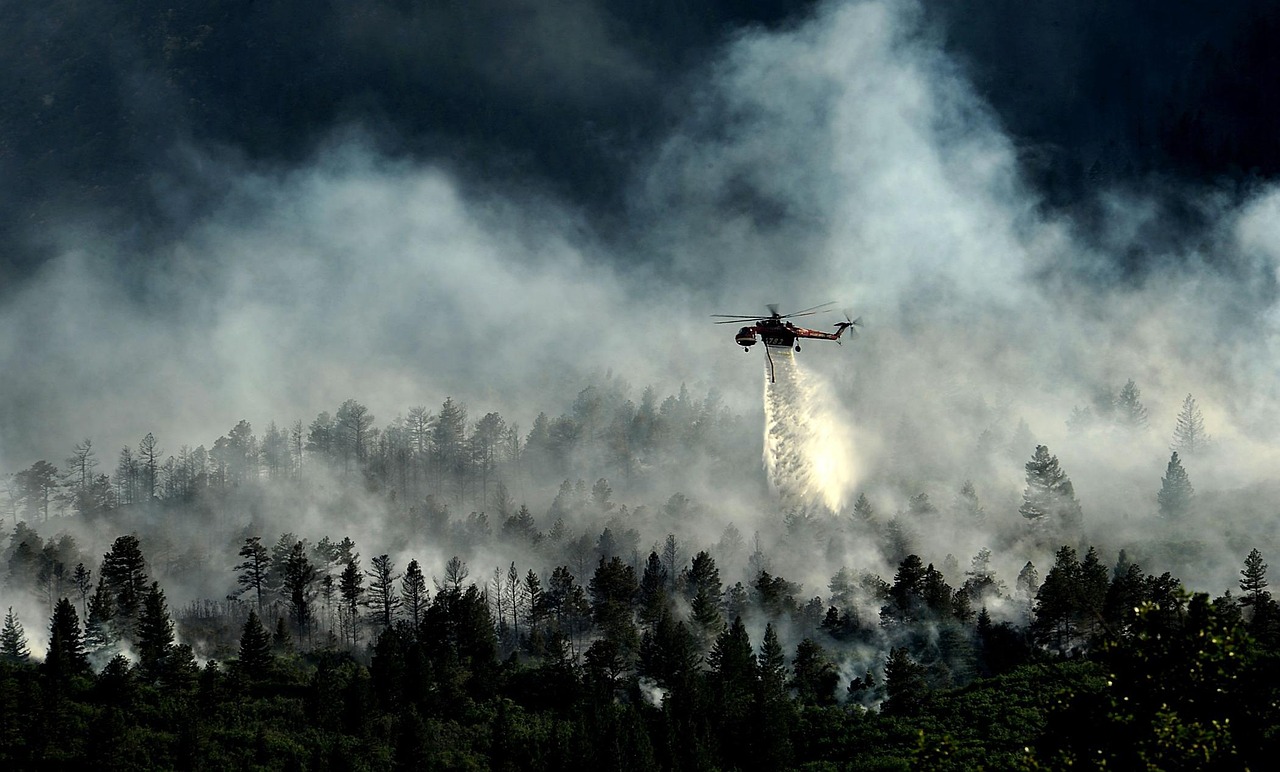
While Colorado’s overall wildfire forecast appears mixed for 2025, southern regions of the state face significantly elevated risks that officials are taking seriously. The Colorado wildfire forecast is mixed for 2025. Although officials said parts of the state will see an average year, southern Colorado will see higher risks. Even during what’s considered an “average” year, Colorado typically experiences around 6,000 fires that scorch approximately 160,000 acres across the state. Even during an average year, around 6,000 fires will likely spark across the state, scorching around 160,000 acres. The state’s fire season has become year-round, with major fires occurring in every month.
Southeast Colorado will face heightened fire conditions during April and May, while southwest Colorado will see increased danger throughout the summer months. Southeast Colorado will see heightened conditions in April and May, with an increase in fire danger in the southwest this summer. Wind events are expected to drive much of the state’s wildfire activity, prompting officials to urge residents to take extra precautions during these dangerous weather patterns. Executive Director of Colorado Department of Public Safety Stan Hilkey said, as in previous years, they expect wind events to drive much of the state’s wildfire activity and urged Coloradans to take extra precautions during them.
Arizona Officials Call 2025 “One of the Most Critical Years”
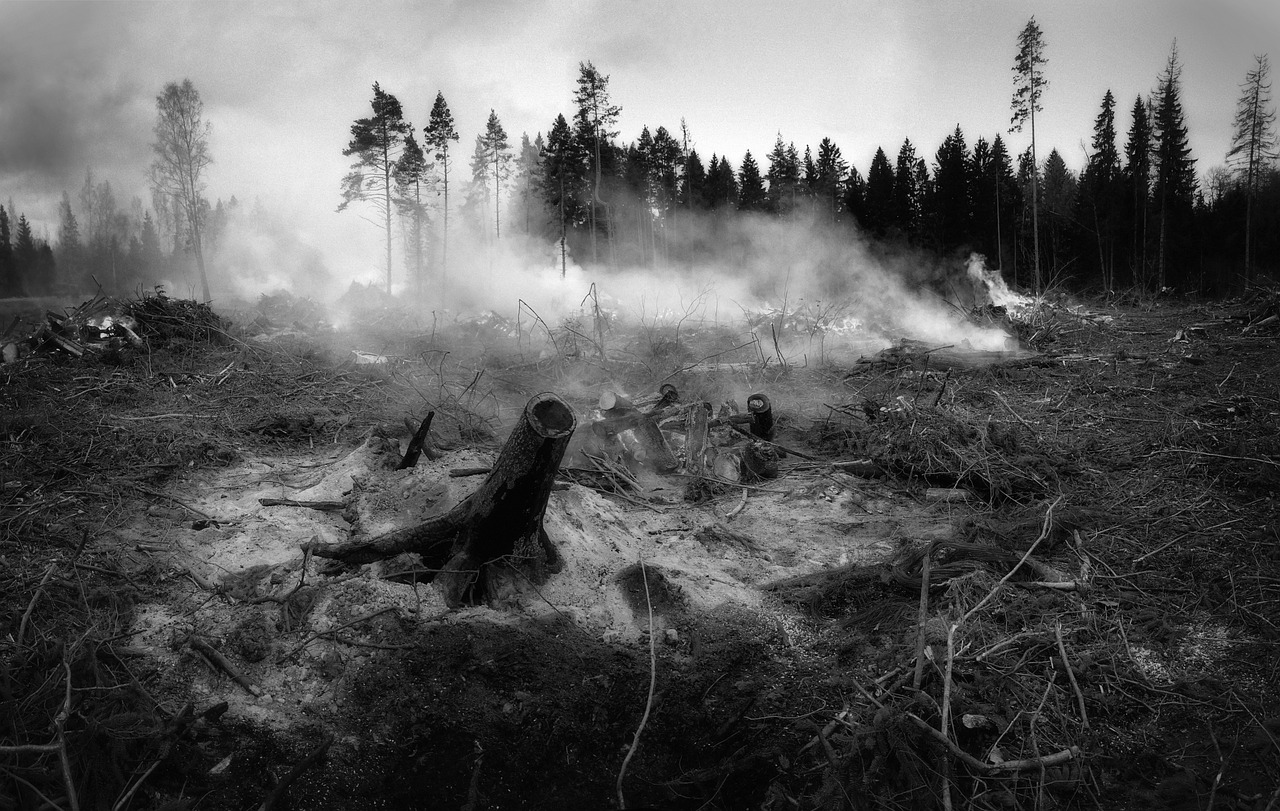
Arizona fire officials are issuing stark warnings about 2025, with one officer describing it as “one of the most critical years that we’ve seen in our careers.” “This is one of the most critical years that we’ve seen in our careers,” Officer Truett said. “You don’t need an extreme event right now to have fire carry.” The state has already experienced early fire activity with the Brady and Horton fires, and much of the brush across the Valley remains dangerously dry despite recent rainfall. Arizona has seen early activity this year, including the Brady and Horton fires. ABC15 was told that despite the rain earlier this month, officials say it wasn’t enough to offset the ongoing drought. Much of the brush across the Valley is still dangerously dry.
The Four Corners region, where Arizona meets New Mexico, Colorado, and Utah, is particularly concerning for fire officials due to unfavorable conditions. The Four Corners region — where Arizona, New Mexico, Colorado, and Utah meet — is among those on the radar for high fire potential given the unfavorable conditions. Arizona’s preparation efforts include new AI-powered cameras designed to detect smoke in high-risk areas and a new state-of-the-art dispatch center that will be nearly three times larger than the current facility. Local fire departments have also warned city officials about increasing risks and developed surge plans to contain fires before they escalate.
New Mexico’s Severe Drought Triggers State Emergency
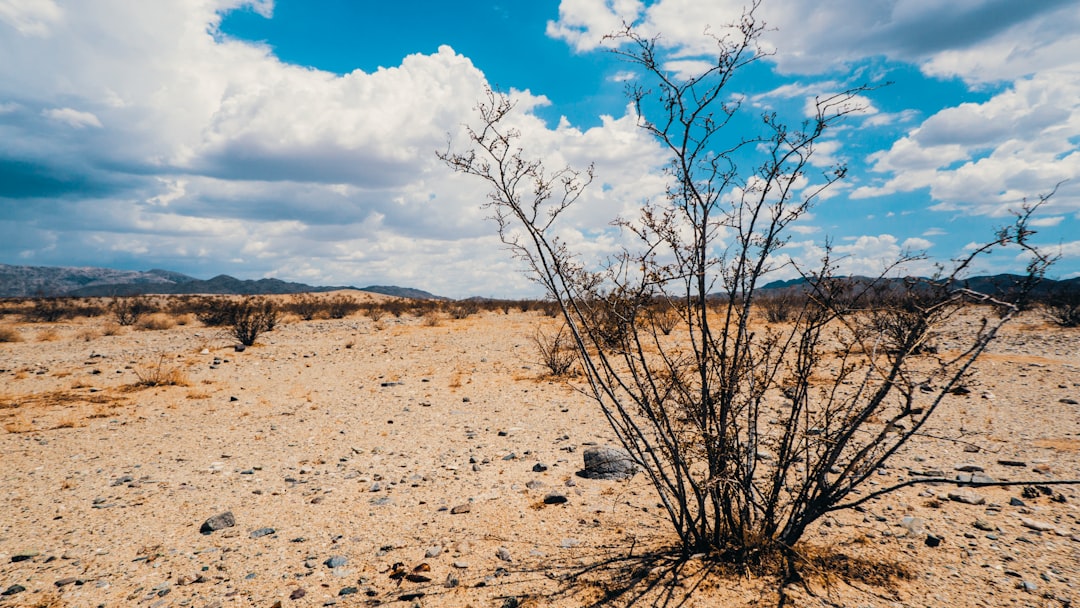
New Mexico’s drought conditions have become so severe that Governor Michelle Lujan Grisham declared a state of emergency in May due to persistent drought and escalating fire risk. On May 22, New Mexico Governor Michelle Lujan Grisham, signed an executive order declaring a state of emergency due to persistent and severe drought and escalating fire risk across the state. The U.S. Drought Monitor shows that drought is currently widespread throughout the state, with several areas experiencing Extreme and Exceptional Drought conditions. The U.S. Drought Monitor indicates that drought is currently widespread in both Arizona and New Mexico, with several areas of Extreme and Exceptional Drought (D3-D4). These conditions are expected to persist and intensify throughout the summer months.
New Mexico, along with Arizona, southern Utah, and Colorado, faced severe snow drought conditions this year with peak snow water equivalent of less than 50% of median at most monitoring stations. Arizona and New Mexico, along with southern Utah and Colorado, faced severe snow drought conditions this year with peak snow water equivalent (SWE) of less than 50% of median at most SNOTEL stations. Four stations in the state reported record low peak snow water equivalent, indicating the severity of the drought. The state’s vulnerability was highlighted when one of its most destructive wildfires validated early high-risk forecasts in 2024, demonstrating how these drought conditions can quickly turn catastrophic.
Utah’s Southwest Region Faces Critical Fire Conditions
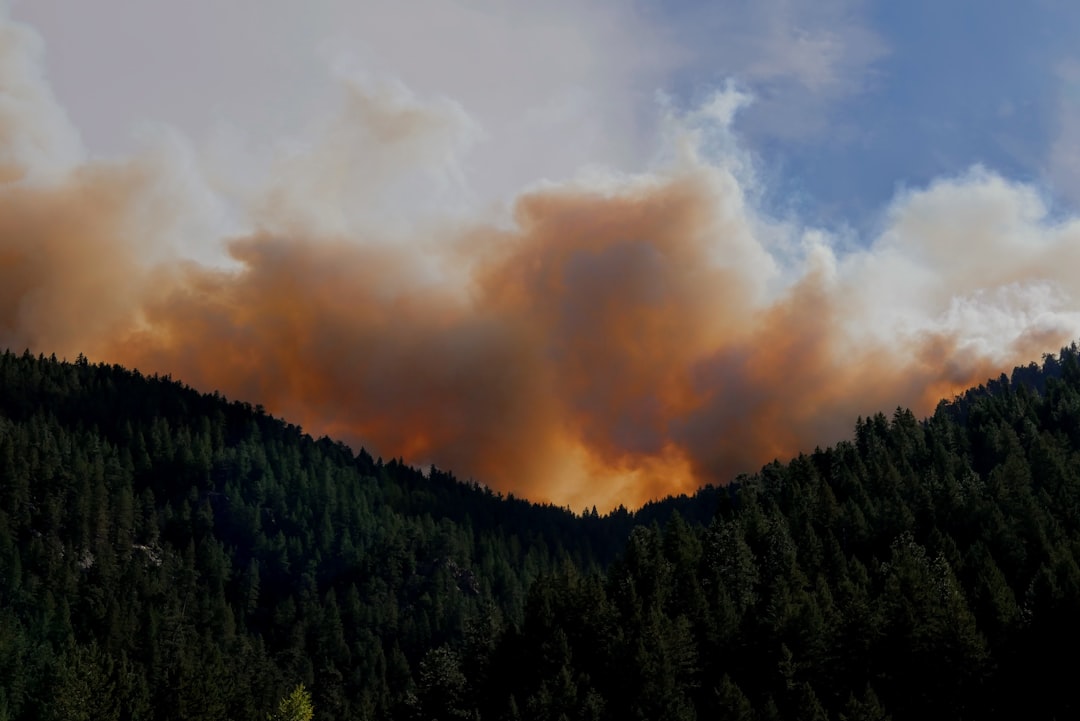
Southwest Utah has emerged as a particular concern for fire officials, with critically dry grasses and shrubs creating conditions for fast-moving fires. In southwest Utah, critically dry grasses and shrubs are fueling fast-moving fires. The National Interagency Fire Center has issued specific advisories for the region, highlighting the elevated fire potential. Learn more by checking out the National Significant Wildland Fire Potential Outlook and the Southwest Utah Advisory. The state’s drought conditions mirror those of its neighbors, with much of Utah experiencing Moderate to Extreme Drought conditions that are expected to persist and likely intensify throughout the summer.
Like other southwestern states, Utah faced severe snow drought conditions with peak snow water equivalent falling below 50% of median at most monitoring stations. Moderate to Extreme Drought (D1-D3) is currently widespread throughout western Colorado and most of Utah. Drought conditions are expected to persist and likely intensify throughout summer due to low snowpack and seasonal runoff. The rapid drying of vegetation combined with the state’s topography creates ideal conditions for fires to start easily and spread rapidly across the landscape.
Oregon and Washington Face Elevated Wildfire Risk
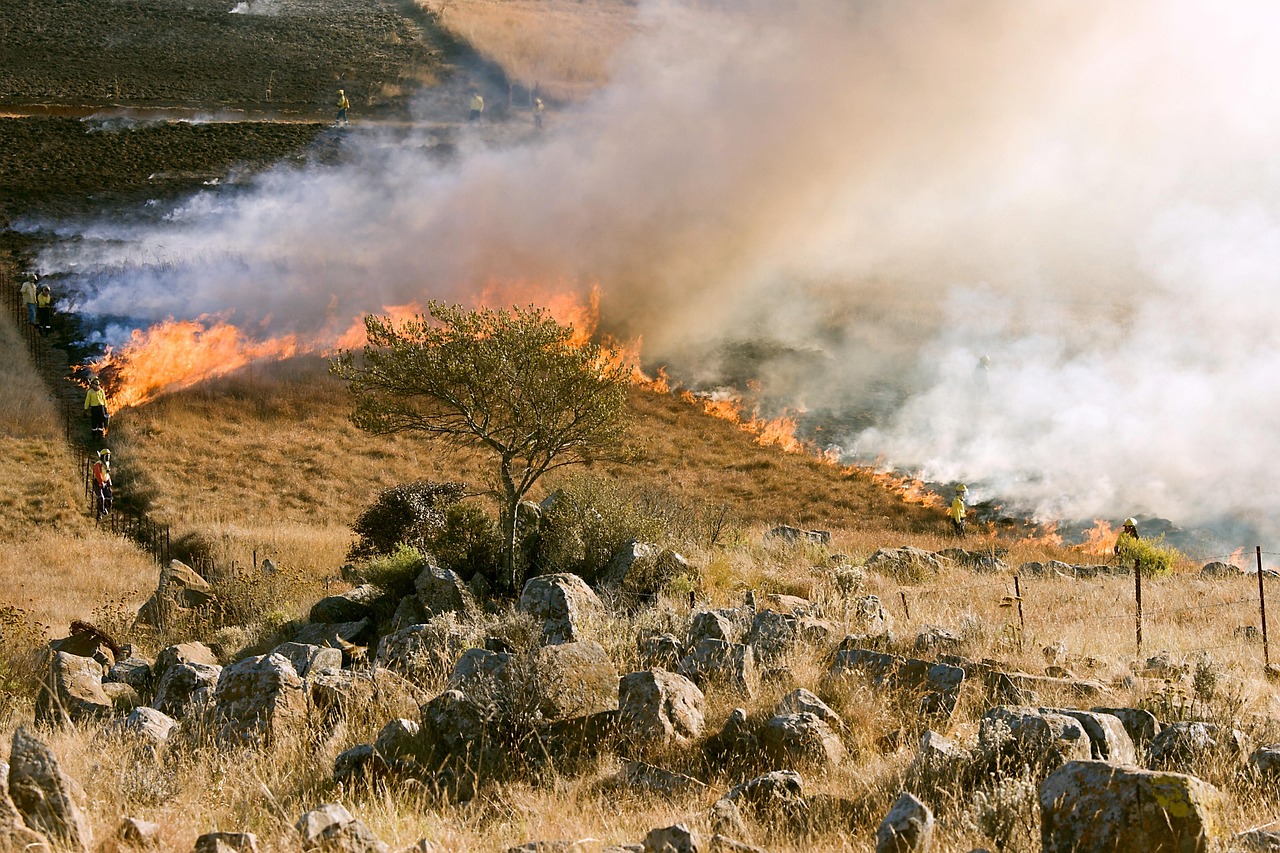
The Pacific Northwest states of Oregon and Washington are experiencing elevated wildfire risk despite their typically wetter climate. In March 2025, the Climate Prediction Center (CPC), a branch of NOAA, issued its National Seasonal Fire Outlook. This forecast projected above-normal wildfire risk for much of California, Oregon, Washington, Nevada, and the southwestern United States. Heavy rains over the past two years have driven significant vegetation growth, which could become highly combustible if heat and dryness persist into late summer as forecasted. “Heavy rains in California, Oregon, and Washington during the past two years have driven significant vegetation growth. If heat and dryness persist into late summer as forecasted, these areas could once again become highly combustible,” the report states.
This pattern of wet years followed by dry conditions creates a dangerous cycle where increased vegetation becomes prime fuel for wildfires. “This familiar pattern, where wet years boost fuel loads that turn dangerous when conditions shift, remains a long-term driver of wildfire risk in these historically vulnerable states.” The Northwest enters the fire season with normal conditions initially, but rangeland fuels east of the Cascades are drying quickly, creating potential for rapid fire spread once ignition occurs.
Montana and Northern Plains States Show Emerging Risks

Montana, Wyoming, North Dakota, and South Dakota are emerging as new high-risk zones for wildfire activity due to unusually dry winter conditions and warm spring temperatures. The report notes that states like Arizona, New Mexico, Nevada, Utah, and Colorado remain in multi-year droughts, while Montana, Wyoming, North Dakota, and South Dakota are emerging as new high-risk zones due to a dry, snow-starved winter and unusually warm spring. The Northern Rockies region, which includes Montana, will experience escalating fire risk by July, with particular concerns in southeast North Dakota. The Northern Rockies will experience escalating risk by July, particularly in Montana and southeast North Dakota.
These states experienced significant wildfire smoke impacts in late May and early June 2025, when Canadian wildfires sent smoke across the region. The first major Canadian wildfire smoke event for the U.S. during 2025 invaded North Dakota on May 30. Between May 30 and June 4, portions of nine states – North Dakota, Minnesota, Wisconsin, South Dakota, Michigan, Nebraska, Iowa, Indiana, and Montana – experienced smoke that brought levels of fine particle pollution (PM 2.5, particles less than 2.5 microns in diameter) in excess of the 24-hour EPA standard of 35 micrograms per cubic meter. This smoke event demonstrated how vulnerable these regions are to both local fire conditions and smoke from distant fires.
Texas Shows Signs of Developing Drought Conditions
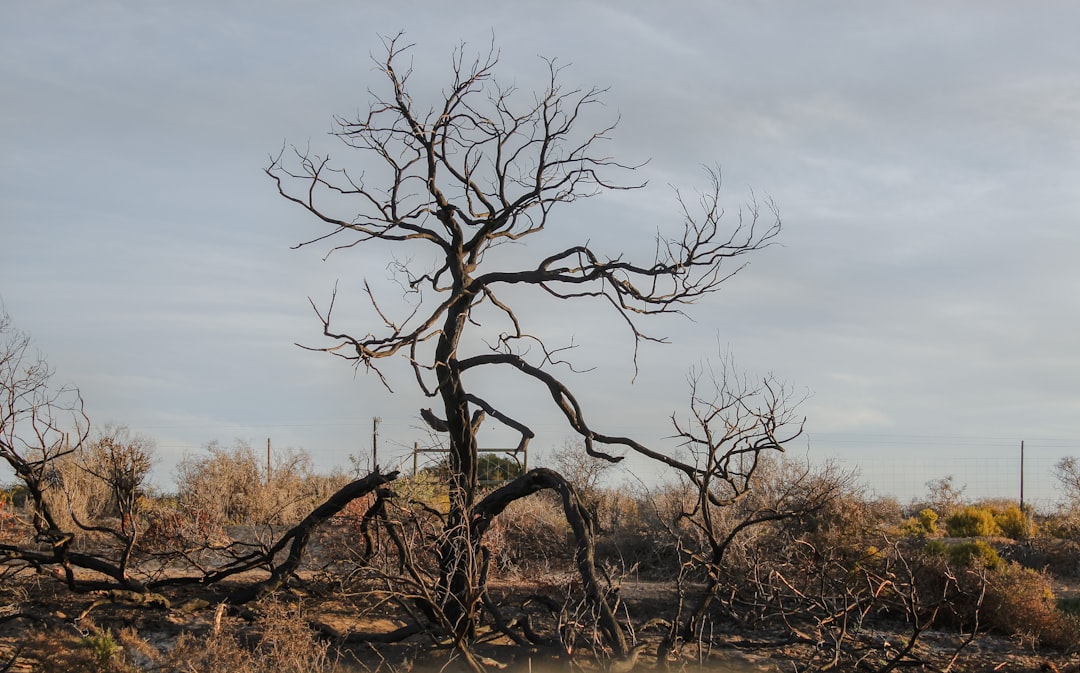
Texas is beginning to show drought signals that could lead to increased wildfire risk as the summer progresses. Drought signals are also coming out of Texas and Florida, according to the report. Large parts of the state are under elevated risk for wildfires this season, particularly in central regions where drought conditions are developing. Large parts of Texas, New Mexico and Arizona are under an elevated risk for wildfires this season. The state’s vast grasslands and agricultural areas become particularly vulnerable during drought periods, as dried vegetation can ignite easily and fires can spread rapidly across the landscape.
Texas has historically experienced significant wildfire activity, and the developing drought conditions combined with climate change trends suggest that 2025 could see increased fire activity. Some places, including parts of California, Nevada, New Mexico, and Texas now experience fire weather around twice as often as in the early 1970s. The state’s fire weather conditions have been increasing over the past several decades, creating a concerning trend for firefighters and residents alike.
Florida’s Unexpected Drought Signals Raise Concerns
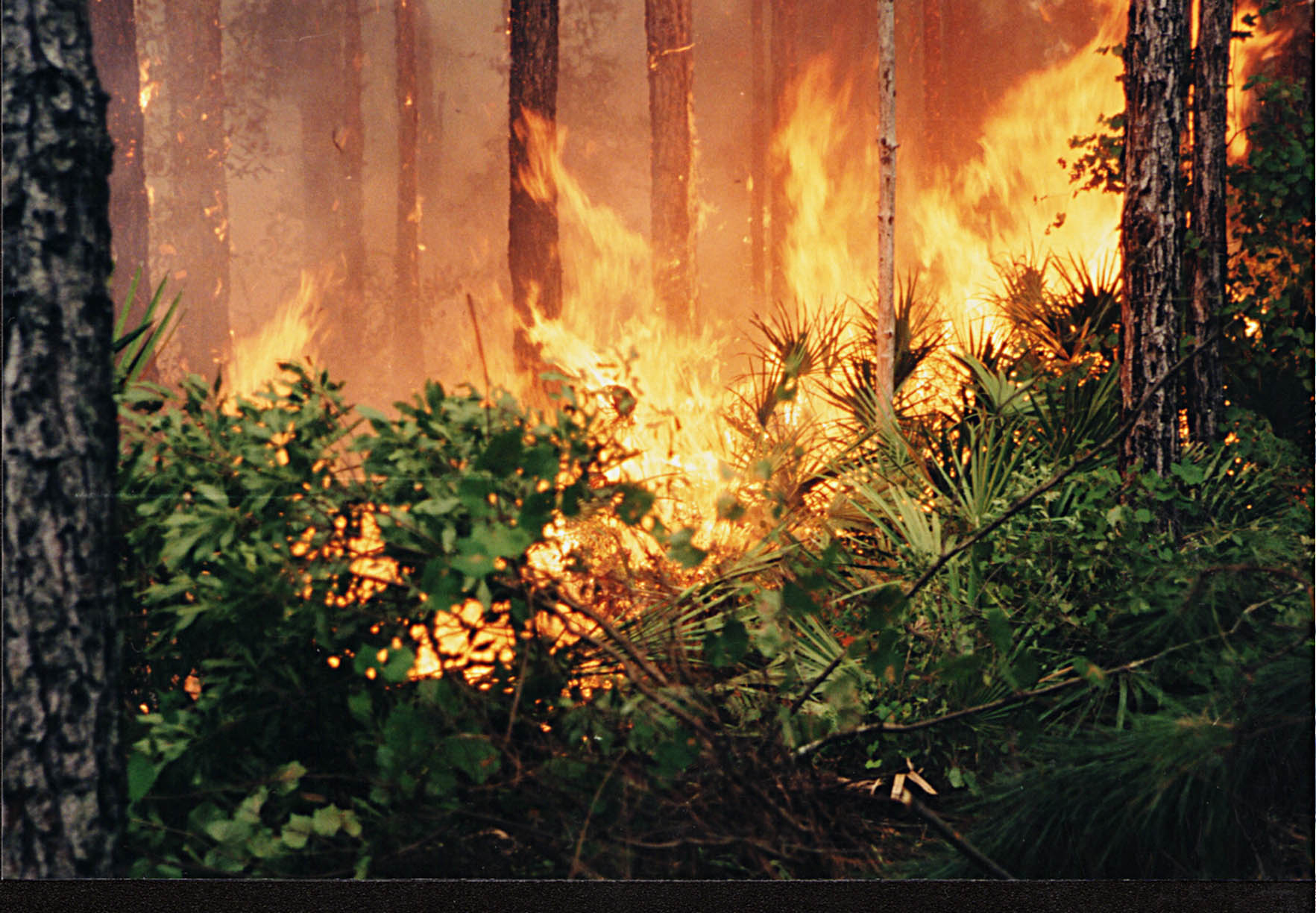
Florida, not typically associated with major wildfire risk, is showing drought signals that have caught fire officials’ attention. Drought signals are also coming out of Texas and Florida, according to the report. While the Southeast typically experiences more rainfall than western states, there’s potential for above-normal fire activity that could increase wildfire risk in the region. Southeast U.S.: While the Southeast typically experiences more rainfall, there’s potential for above-normal fire activity, which can increase the risk of wildfires. This is particularly concerning given Florida’s unique ecosystem and the fact that many residents and emergency services aren’t prepared for significant wildfire threats.
Florida experiences an average of 21 fire weather days annually, ranking among the highest in the eastern United States. On average, Rhode Island, Florida, and Connecticut experience the most annual fire weather days (24, 21, and 21, respectively). The state’s combination of dry vegetation, high temperatures, and periodic drought conditions creates potential for rapid fire spread when conditions align. The developing drought signals suggest that 2025 could see increased fire activity in regions not typically associated with major wildfire threats.
Alaska’s Early Fire Season Begins with Above-Normal Risk
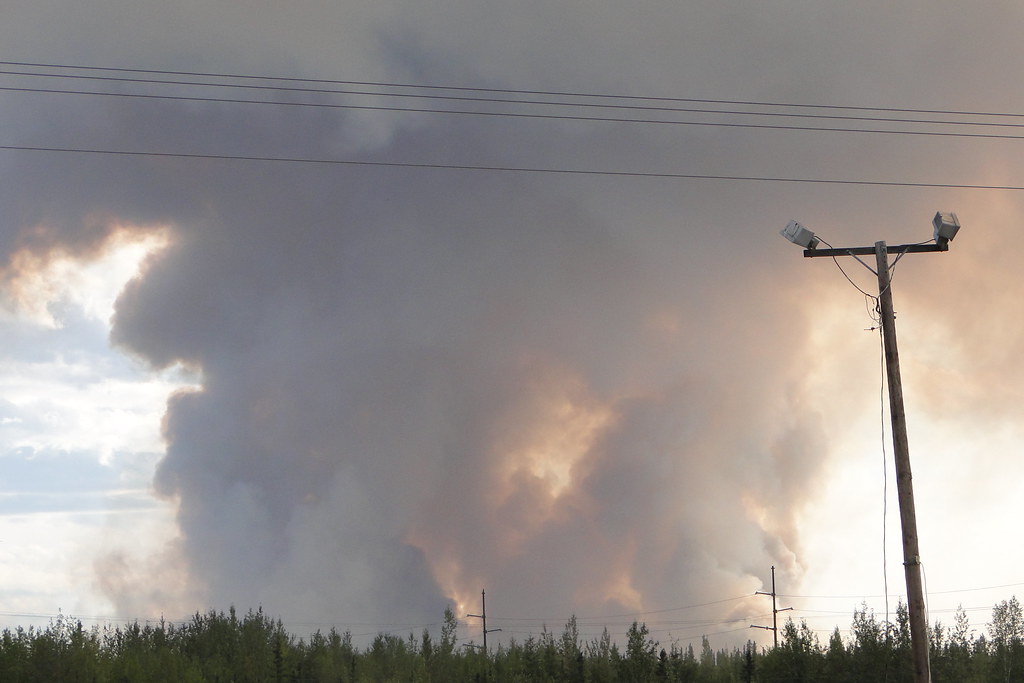
Alaska is entering fire season with above-normal fire potential due to below-average snowpack conditions, particularly in areas like Bristol Bay and the Kenai Peninsula. Due to below-average snowpack, southern Alaska enters fire season with above-normal fire potential, particularly in areas like Bristol Bay and the Kenai Peninsula. The state’s vast wilderness areas and remote locations make wildfire suppression particularly challenging, and the early start to fire season could strain resources throughout the summer months. Fire response units must consider the rapid ignition risk from human-caused starts in dry surface fuels across the state.
Alaska’s fire season typically depends heavily on weather patterns and snowpack conditions, which provide crucial moisture for vegetation. The below-average snowpack this year has left many areas vulnerable to ignition much earlier than normal. Fire response units must consider the rapid ignition risk from human-caused starts in dry surface fuels. The state’s remote locations and limited infrastructure make early detection and rapid response critical for preventing small fires from becoming major incidents.
- How Meteorologists Predict Storms Using Satellite Data - October 3, 2025
- What Causes Rainbows And Why They’re Always Curved - October 1, 2025
- 3 Industries Face Crushing New Tariffs as Trade War Escalates - September 28, 2025

